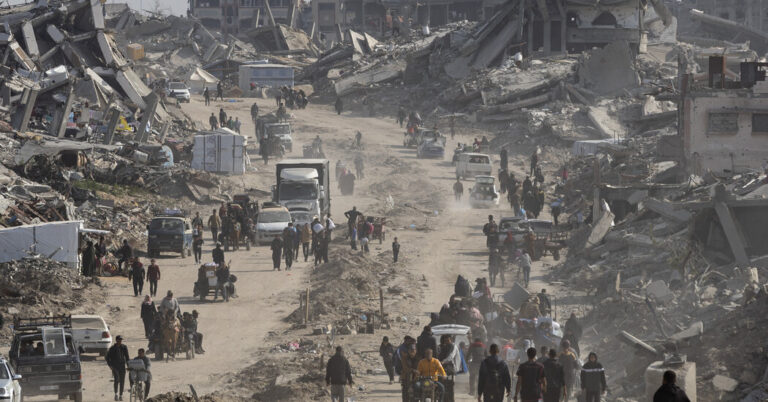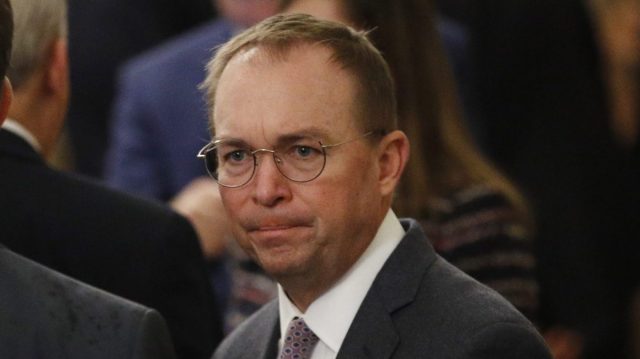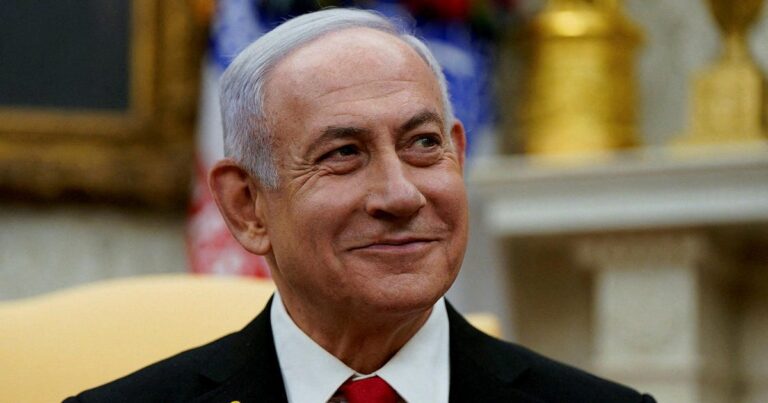The inauguration of Donald Trump in his second term as President of the United States is coming closer. While questions abound on what his foreign policy choices will be on key issues, he has made some remarkable statements on the Middle East, where Qatari, Egyptian, and US negotiators have been trying to thrash out a deal between Israel and Hamas for over a year.
Last week, Trump warned that “all hell will break loose and it will not be good for anyone” if Hamas does not release Israeli hostages by inauguration day. He made these statements with his Middle East envoy, Steve Witkoff, who asserted they were “on the verge” of a deal.
Characteristically, Trump did not clarify to reporters what he meant by the phrase he used at least five times, given that Washington has already provided significant support to Israel’s destructive campaign in Gaza.
What kind of a Middle East did Trump 1.0 face, what did he do and how, and how changed is the region today?
What kind of a Middle East did Trump 1.0 face?
The Middle East that Trump inherited from the Barack Obama White House was ridden with conflict along traditional fault lines — while Syria and Iraq were still fighting the Islamic State with US, Iranian, and Russian support, the Gulf was sitting on political tectonic plates ready to violently shift.
In Riyadh, Muhammad Bin Salman had comprehensively taken the reins in the lead-up to 2017. With his anti-Iran rhetoric (matched by Ali Khamenei’s comments repeatedly shaming Saudi Arabia’s Islamic credentials), he found a more-than-willing partner in the Trump White House. Naturally, with Tehran and Riyadh breaking ties after the latter’s execution of a prominent Shia cleric in 2016, MBS vocally opposed Iranian nuclearisation and called for more economic pressure on Tehran. In 2017, MBS famously stated that “there is no space for dialogue with Iran”, while officials like then Foreign Minister Adel al-Jubeir maintained that “Iran has started to undermine Lebanon, Syria, and Iraq”.
The other Arab powerhouse, Abu Dhabi, agreed with this approach. Its ruler Muhammad bin Zayed had made personal efforts to boost MBS’ image in the Trump White House. Both UAE and Saudi Arabia had already begun to quietly converge with Israel over the common security threat presented by Tehran. Both countries also joined Egypt and Bahrain in an unprecedented blockade over Qatar from 2017. While issues were long simmering due to the kingdom’s individualistic tendencies under the Al-Thani rule, among the more prominent public reasons were Qatar’s (relatively) warm ties with Iran, and Doha’s alleged support to the Muslim Brotherhood.
What were his main policy achievements?
With the board set as such, Trump’s anti-Iran posturing and his team’s contact and familiarity with MBS and MBZ fit as well with the Arab states’ priorities as with Israel’s.
Trump drew down US commitments in Syria (such as support to Kurdish Syrian Democratic Forces), he kept up US strikes on key targets. But his main focus was Tehran. Trump designated the Iranian Revolutionary Guards a terror group, revoked the Obama-blessed nuclear deal, and intensified the existing sanctions regime on Iran through a policy of “maximum pressure”.
Naturally, this alignment set the stage for his “deal of the century” between Israel and key Arab states.
Trump recognised the illegally occupied Syrian Golan Heights as part of Israel (Syria was still suspended from the Arab League). He recognised undivided Jerusalem as the capital of Israel — the UN Security Council and most of the world considers Israeli occupation of East Jerusalem and Israel’s 1980 annexation of the full city, illegal. He reinforced this by moving the US Embassy to Israel from Tel Aviv to Jerusalem.
It is towards the end of his term that Trump delivered his pièce de resistance — the Abraham Accords of September 2020, which normalised relations between Israel and UAE, Bahrain, Morocco, and Sudan.
Saudi Arabia was waiting in the wings, having more cause for caution as the custodian of Islam’s holiest sites. Despite assurances of a Palestinian state (with severely limited sovereignty) in Trump’s ‘Peace to Prosperity’ plan of 2020, the Abraham Accords’ implementation saw Israel grant little concession to the new two-state solution Trump proposed.
What does he face now?
Donald Trump has a preference for deals and contracts. A transactional approach that sets aside political and bureaucratic baggage and focuses on terms of agreement, no matter who the disputing parties are. “(Witkoff) is a great dealmaker. What we need there is a dealmaker,” Trump declared last week.
Some changes await him.
The significant changes in the Middle East since 2020 are obvious to the world — the most prominent being the unease among the Arab leadership over Israel’s war in Gaza, the re-ordering of Iran’s Axis of Resistance with Bashar al-Assad’s fall, and the substantial weakening of Hezbollah and Hamas.
While the Abraham Accords still hold, the UAE is now the only Arab state to host an Israeli Ambassador, and Israel-UAE trade ties are less publicly celebrated now than they were pre-October 7, 2023.
In stark contrast to the atmosphere of January 2016 when Trump first took office, in November 2023, MBS was asserting that “ties between Iran and Saudi Arabia are at a historic turning point”. They very much seemed to be, as the joint Arab League-OIC Riyadh Summit in the same month passed a resolution with language far from typical. It termed Israel’s actions in Gaza a genocide, called for an end to Israel’s aggression, and explicitly voiced support for the sovereignty of Iran and Syria, Iraq, and Lebanon – all of which are states that al-Jubeir had mentioned in 2017.
MBS himself warned Israel against attacking Iran and backed up the OIC’s categorisation of Israeli actions as a genocide. A year prior, the November 2023 resolution of the first Riyadh Summit did not have such mentions. The Arab position before Trump’s victory was easily understood as one prioritising a desire to stay away from any escalation stemming from either Israel or Iran and deepening rapprochement with Iran to reduce the threat of proxy attacks against Arab energy installations. It is less easily understood if it intensifies (with Riyadh and Tehran even boosting defense contact) after Trump’s victory.
It remains to be seen how this will affect US-Saudi negotiations over security guarantees for Riyadh if it normalises ties with Israel, or Trump’s potential return to maximum pressure on Iran.
As far as Israel is concerned, Trump’s warning of hell breaking loose is also not easily explained — Trump has traditionally been averse to US combat engagement abroad and his demands from NATO countries reflects his preference for US allies taking more responsibility for their defence.
US aid amounts to about 15% of Israel’s defence budget. What this portends for Benjamin Netanyahu’s continuing “total war” is uncertain, with Israeli experts such as Sharon Lipner already calling any Israeli expectation of unqualified support from Trump a “delusion”. But similar calls were made by others even before Trump’s first term.
Regardless of his final policy choices, Trump now faces a very different Middle East compared with 2016, despite the continuation of the institutions and mechanisms he helped put in place.
Bashir Ali Abbas is a research associate at the Council for Strategic and Defence Research, New Delhi
Discover the Benefits of Our Subscription!
Stay informed with access to our award-winning journalism.
Avoid misinformation with trusted, accurate reporting.
Make smarter decisions with insights that matter.
Choose your subscription package




